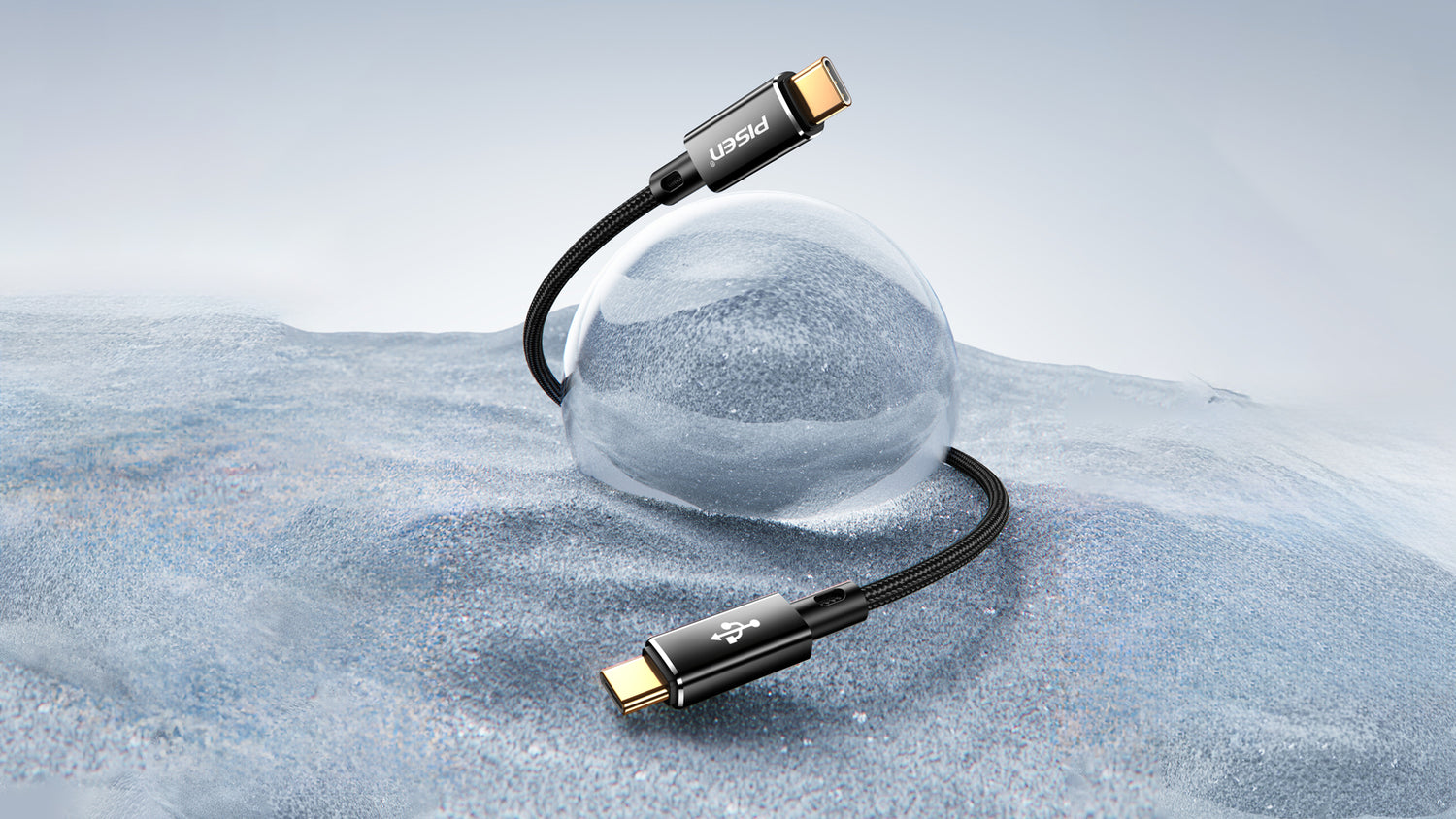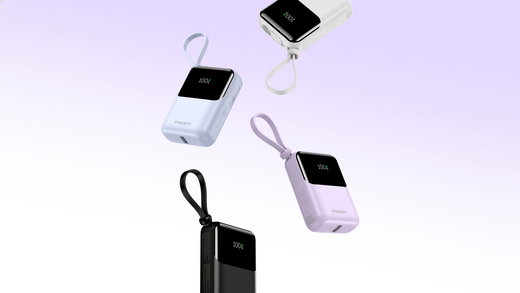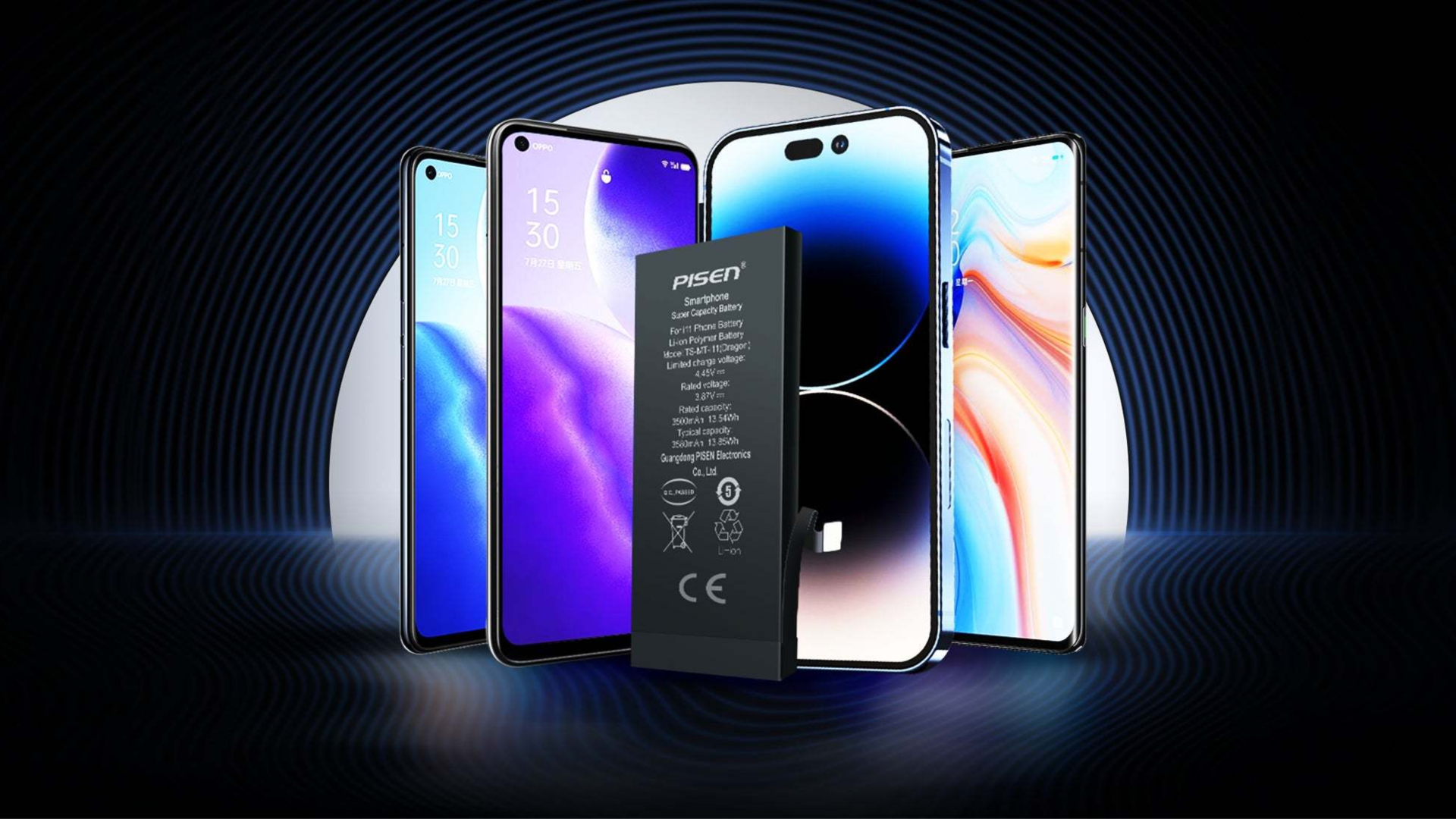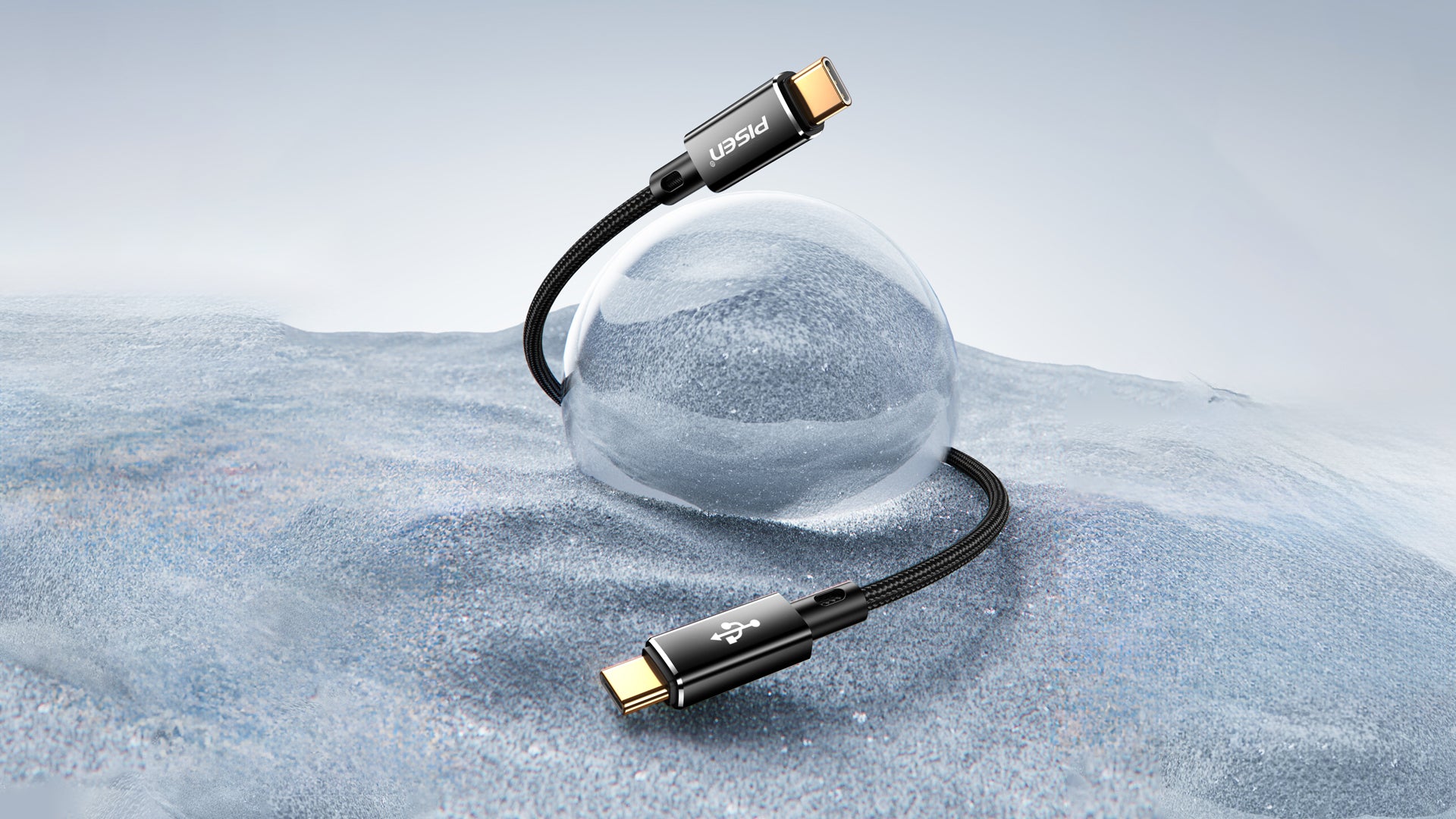In today's fast-paced world, ensuring that your Android device is charged and ready to go is crucial. Whether you’re browsing, working, or simply staying connected with family and friends, a reliable charging cable is essential. However, with the multitude of cables available on the market, selecting the right one can often feel overwhelming. This guide aims to simplify the process and equip you with everything you need to know to choose the best Android charging cable.
What Is an Android Charging Cable and Why Does It Matter?
An Android charging cable is a vital tool that connects your Android device to chargers, other devices, and peripherals. This simple yet essential accessory allows two primary functions: charging your device and transferring data. The technology that powers these cables is the Universal Serial Bus (USB) standard. As the most widely used connection standard, USB ensures compatibility and efficiency across a range of devices and platforms, from smartphones to tablets, laptops, and beyond.
Key Functions of Android Cables
- Charging: The primary function of an Android cable is to provide power to your device. Whether you're charging your phone or tablet, the cable's specifications will determine how quickly it delivers power.
- Data Transfer: Android cables also facilitate the transfer of data between your device and others. Whether it's moving files from your Android phone to a computer or syncing photos with cloud storage, the cable ensures seamless connectivity.
Understanding the role of these cables in your device’s daily operations is essential for selecting one that best fits your needs.
Understanding USB Versions: A Breakdown of the Key Standards
USB technology has evolved dramatically over the years. As new standards emerge, each offers better speed, power delivery, and compatibility. To make an informed decision, it’s important to understand the different USB versions and their capabilities.
USB 1.1
- Maximum Transfer Speed: 12 Mbps
-
Maximum Power Output: 5V, 100mA
While USB 1.1 was a breakthrough in its time, it is now considered obsolete and is rarely found in modern devices.
USB 2.0
- Maximum Transfer Speed: 480 Mbps
-
Maximum Power Output: 5V, 500mA (1.5A with USB Battery Charging)
USB 2.0 remains prevalent, particularly in older devices, supporting basic data transfer and standard charging speeds.
USB 3.0
- Maximum Transfer Speed: 5 Gbps
-
Maximum Power Output: 5V, 900mA or higher
USB 3.0 brings faster data transfer speeds and increased power delivery, making it a standard choice for most modern Android charging cables.
USB 3.1 & USB 3.2
- Maximum Transfer Speed: 10–20 Gbps
-
Maximum Power Output: 5V, 900mA or higher
USB 3.1 (rebranded as USB 3.2) offers improved data speeds and power output, making it ideal for high-performance devices.
USB 4.0
- Maximum Transfer Speed: 10–40 Gbps
-
Maximum Power Output: Supports USB Power Delivery up to 100W
USB 4.0 is the latest innovation, offering extreme data transfer speeds and greater power delivery capabilities, suited for charging power-hungry devices and transferring large amounts of data quickly.
Thunderbolt 3 & Thunderbolt 4
- Maximum Transfer Speed: 40 Gbps
-
Maximum Power Output: Up to 100W
Thunderbolt technology, particularly in the Thunderbolt 3 and 4 standards, enables ultra-fast data transfer and charging, often found in premium Android devices and accessories.
Common Types of Android Charging Cables
Android charging cables come in various shapes, sizes, and specifications. Choosing the right type of cable depends on the device you own and the specific functionalities you require. Here are the most common types:
USB Type-C Cable
USB Type-C has rapidly become the industry standard for Android devices. Its versatility, speed, and ease of use make it the preferred choice for most modern Android phones and tablets.
Advantages of USB Type-C:
- Reversible Design: No more worrying about which side of the cable is up.
- Faster Charging & Data Transfer: Supports cutting-edge fast-charging technologies like USB Power Delivery (PD) and Qualcomm Quick Charge.
- Universal Compatibility: Used not only in Android devices but also in many other devices, including laptops, gaming consoles, and accessories from Apple, Google, and others.
Micro-USB Cable
Micro-USB was once the dominant connector for Android devices, though it is slowly being replaced by USB Type-C. Still, many older devices and accessories continue to use this connection.
Advantages of Micro-USB:
- Compatibility with Older Devices: A great option if you have older Android phones or accessories.
- Compact & Lightweight: Easy to carry and store, but less efficient than USB Type-C in terms of charging and data speeds.
How to Choose the Best Charging Cable for Your Android Device
Selecting the right charging cable involves considering several factors to ensure compatibility, performance, and durability. Here are some key considerations:
1. Check Device Compatibility
Ensure the cable matches your device's port type. With most modern Android devices using USB Type-C, this should be your go-to option. However, older devices may still require a Micro-USB cable.
2. Look for Fast-Charging Capabilities
If you’re in need of speed, opt for a cable that supports fast-charging technologies like USB Power Delivery (PD) or Quick Charge. These cables will charge your device significantly faster than standard cables.
3. Consider Cable Length
- Short Cables: Ideal for portability, especially if you want a cable that fits easily into bags or pockets.
- Long Cables: Provide flexibility in terms of positioning your device while charging, but may be less portable.
4. Invest in Durable Materials
Choose cables made from strong, reinforced materials to prevent fraying and breakage. Look for cables that use braided nylon or kevlar to ensure longevity. High-quality brands like Anker and RAVPower offer cables that are specifically designed to withstand heavy use and extreme conditions.
5. Brand Reliability and Warranty
Look for well-known brands that offer warranties. This adds an extra layer of protection should the cable break or malfunction. Trusted brands are more likely to adhere to industry standards and provide quality products.
Extending the Lifespan of Your Android Charging Cable
To ensure your cable lasts as long as possible, proper care and maintenance are essential. Here are some helpful tips:
1. Avoid Excessive Bending
Constant bending weakens the internal wiring. Try to avoid coiling the cable too tightly or bending it sharply.
2. Store Properly
Store cables loosely or in a designated case to prevent unnecessary strain on the wires.
3. Clean the Connector Regularly
Dust and debris can disrupt the connection, leading to poor charging or data transfer speeds. Use a soft cloth to wipe the connectors and ports regularly.
4. Use Cable Protectors
Cable protectors or springs placed near the ends can prevent bending and fraying.
5. Unplug Properly
When disconnecting your cable, hold the plug itself rather than pulling on the cable, which could cause it to break.
6. Avoid Heat and Moisture
Exposing your cable to extreme heat or moisture can damage the internal components. Always store your cables in dry, cool environments.
Conclusion
Choosing the best Android charging cable is not just about convenience—it’s about ensuring your device charges efficiently, transfers data reliably, and lasts longer. By understanding USB versions, selecting the right cable type, and following proper care practices, you can significantly enhance your Android experience. Whether you're opting for the latest USB Type-C cable or sticking with a Micro-USB for older devices, investing in a high-quality charging cable ensures optimal performance and longevity.
FAQs
-
What is the difference between USB-C and Micro-USB cables for Android?
USB-C is reversible, supports faster data transfer and charging speeds, and is compatible with modern devices. Micro-USB, while slower, is still used in older Android devices and accessories. -
How can I identify the best charging cable for my Android device?
Check for compatibility with your device's port, ensure it supports fast charging, and consider the material quality, length, and warranty. -
Why should I use a fast-charging cable for my Android phone?
A fast-charging cable can charge your phone up to 50% faster than a standard cable, reducing the time you spend tethered to a power outlet. It can also help maintain your battery health over time.
By selecting the right cable and maintaining it properly, you ensure a seamless experience and extend the life of both your device and your charging accessories.




Leave a comment
All comments are moderated before being published.
This site is protected by hCaptcha and the hCaptcha Privacy Policy and Terms of Service apply.